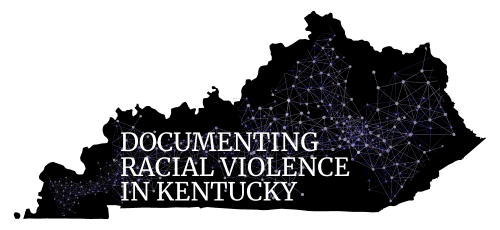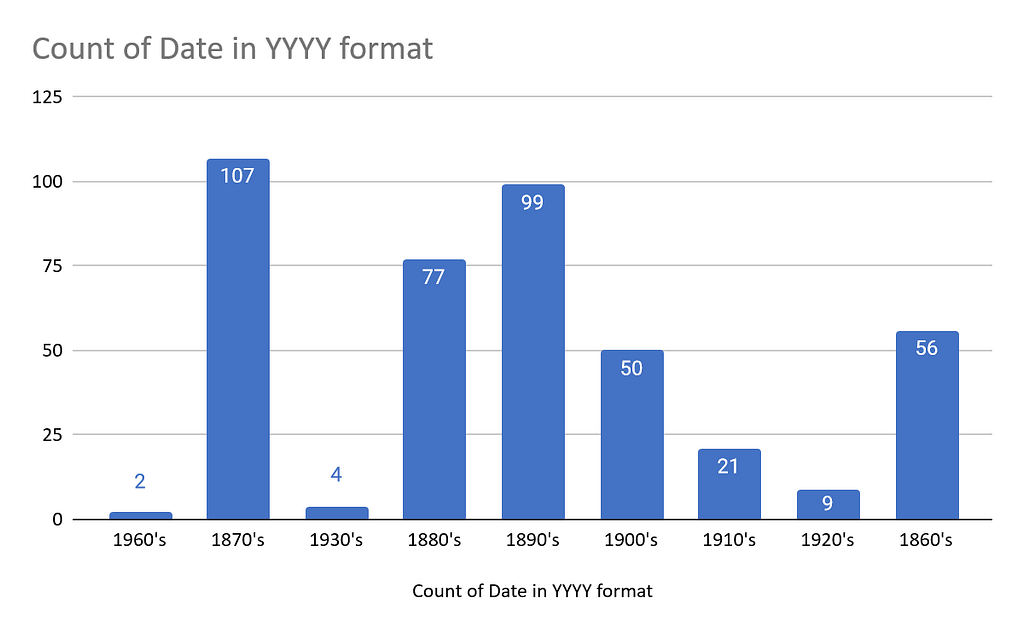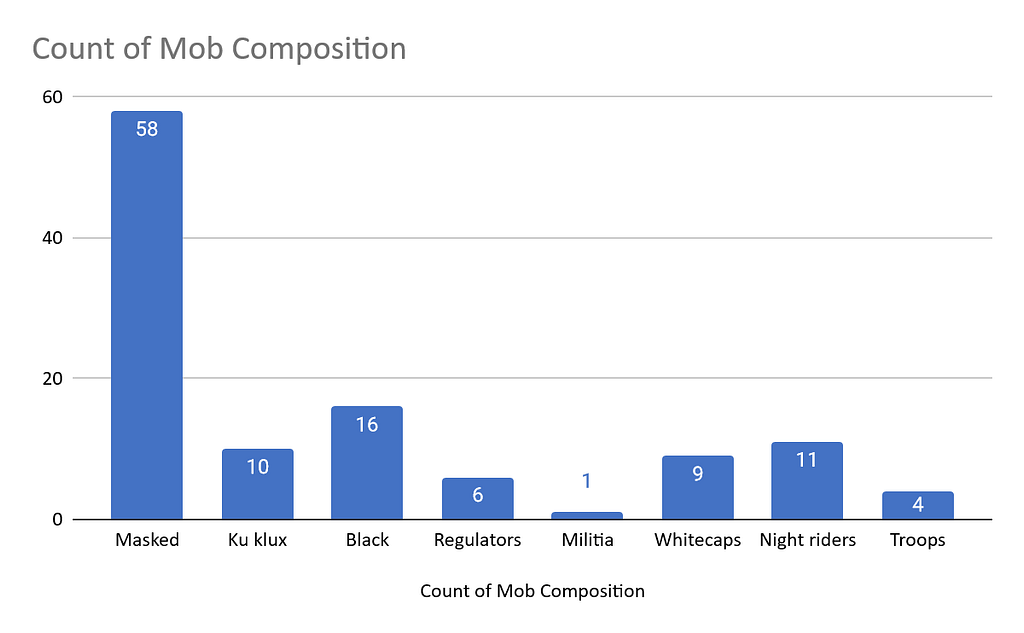This report analyzes the data contained in Appendix A of George Wright’s Racial Violence in Kentucky and the Louisville Courier-Journal Database of Lynchings in Kentucky, prepared by Will Kantlehner IV and the Center of Studies in Demography and Ecology at the University of Washington. This analysis categorizes the information in the database according to alleged crime, gender, race, approximate age of victim, and composition of the mob. The report sought to find trends in this data set.
The overwhelming “crime” allegedly committed by those who were lynched was murder, contradicting the popularly held belief that lynchings were primarily extralegal retaliations against black men for having relationships, sexually assaulting/harassing, or raping white women.[1] Of all the lynchings, murders accounted for 102 of the crimes, almost a third, where as all the sexual crimes (including those that broke social norms like consentual interracial relationships) were the charge of 62 lynchings. Another common justification was assault, which led to 49 lynchings, just 13 less than all the sexual crimes.
Another trend that emerged was the distinctions made in the reporting of crimes. For example, murderous assaults happened nine times yet they were classified as neither murders nor assaults but existed as their own category.
One important category is the race of the victim who was not classified as African American or black. For example, a “Polish Jew” was lynched but he was not considered a white man but rather as an “other.” This also happened a few times with Italians, whose race was also often reported rather than just being white.
Another interesting language trend that emerged was the use of outrage as a charge. While it may have been a euphemism for rape, it also disappeared by 1900 after peaking in usage in 1882.[2]
The composition of the mobs had a few interesting trends. In almost every year, there was a masked mob, but they were in the minority of the lynchings. Specific groups however, like the Klan were active during very specific time periods. The KKK was very active during the 1870’s but then stopped. The Whitecaps, a different group, were active in the mid 1890’s and during that time, committed nine lynchings. The second most frequent mob besides masked mobs were those made up of mainly black people, which were 16. Much like the masked mob, they were frequently scattered throughout the 160 years covered by this project but they stopped by 1905.
The full report is available here.
The Louisville Courier-Journal database can be downloaded by clicking here.
[1] George C. Wright, Racial Violence In Kentucky, 1865-1940: Lynchings, Mob Rule, and “legal Lynchings”, (Baton Rouge: Louisiana State University Press) 1990, 10
[2] “Lynched for Outrage,” Topeka State Journal, July 16, 1894



